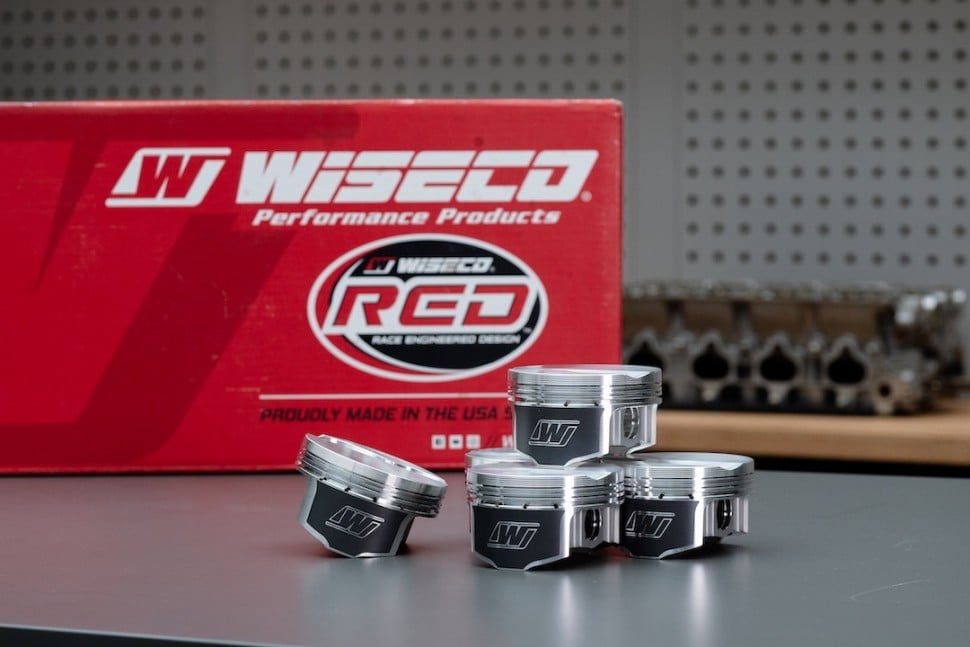There are two main ingredients to making power from a diesel engine, air and fuel. If you are lacking power and response feels 'laggy', chances are you are missing out on a good supply of one or the other and there are some quick checks you can do which might help you eliminate any simple issues.
The easy way to tell if you're air or fuel limited on a non-emissions (no DPF/early model) diesel engine is to observe the exhaust while taking off from a stop. Watch the exhaust as you push the throttle and expect power. If you have a DPF equipped diesel then unfortunately this information doesn't pertain to you.
While the truck is gaining RPM, is it smoking? If it’s smoking then there's extra fuel present. In that case, the truck is air limited. If it is not smoking that is a sign you are instead fuel limited.

Air Limited
Any escaping air is lost power. In the scenario where the truck is air limited, you'll want to establish that all of the air the truck is getting from the turbocharging system to the combustion cylinder. This would be a great time to check for boost leaks which should be a regular check during your servicing too in order to maintain a health engine and performance.
If the truck has a computer-controlled turbo (04.5+ Stock appearing), then you’ll want to verify that it has engine and transmission tuning appropriate for that turbocharger. Peak boost numbers will be especially deceiving with VVT/VGT trucks as the variable vanes can help compensate and mask a boost leak. Once you have performed a pressurized boost test if the problem persists consider more diagnostics pertaining to the fuel system. Data logging, balance rate checks, and other steps may need to be taken from here.

Fuel Limited
If when you push the throttle pedal the truck acts lazy and no smoke is observed, then we can start to check to see if the issue is lack of fuel, i.e. the truck is fuel limited.
A lack of fuel can be present for many reasons, but one of the most common problems, especially on trucks with big intakes, is because the intake size hasn't been calibrated properly. Also common is the MAF sensor getting dirty and under-reporting air flow, or even being installed backward.
First step is to check and clean your MAF sensor, and verify that it is installed correctly. From there you need to verify if the the tune file is customized to the truck's setup and a log file is the best way to accurately narrow down why the truck is fuel limited.
These are just some simple tips to help you get started on your troubleshooting diagnosis path and being able to quickly determine if you need to start checking over the air of fuel system is a great time saver and simple process.
Keen to learn how to tune your own common rail diesel engine? Grab both of our diesel tuning courses in a special package deal here.







Comments
No one has commented on this page yet.